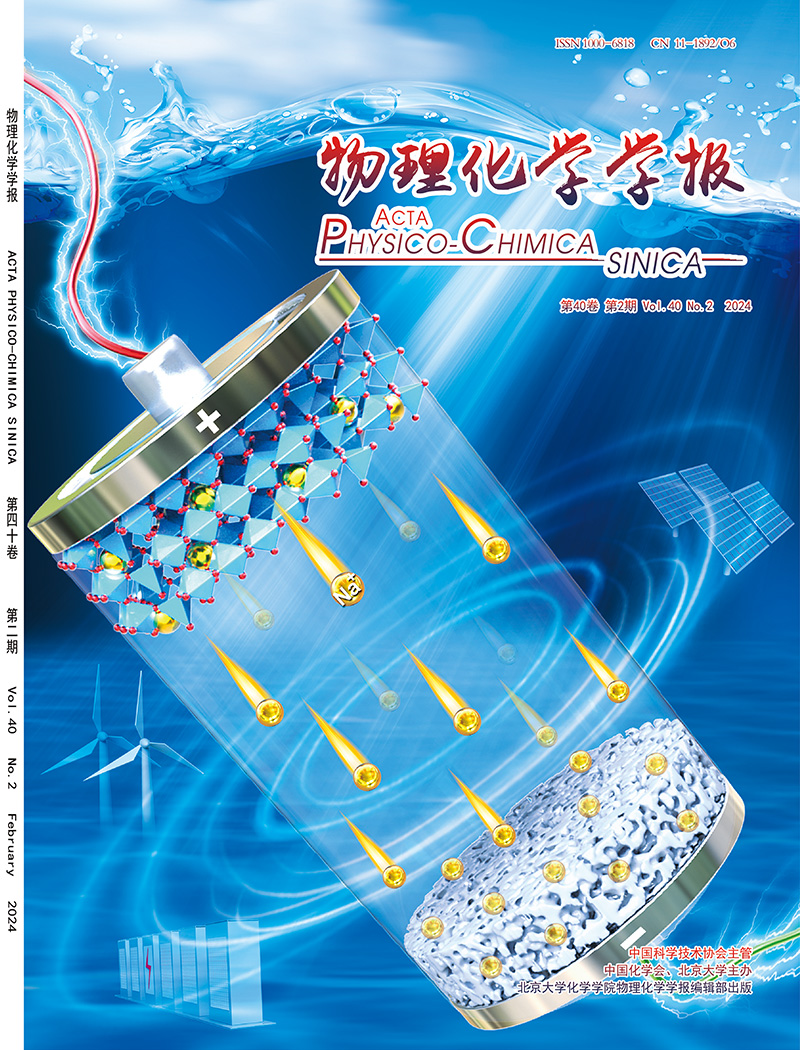Nucleation regulation and mechanism of precursors for nickel cobalt manganese-based cathode materials in lithium-ion batteries
IF 13.5
2区 化学
Q1 CHEMISTRY, PHYSICAL
引用次数: 0
Abstract
Nickel cobalt manganese-based cathode materials (NCMs) have emerged as key representatives in lithium-ion power batteries due to their high energy and power densities. The layered crystal structure of NCMs undergoes topological transformation from hydroxide precursor materials crystals. Therefore, the electrochemical performance of NCMs is directly influenced by factors such as particle size distribution, sphericity, and morphology of primary and secondary particles of precursor materials. The co-precipitation method is widely employed in laboratory and industry to produce batch precursor materials with uniform composition, adjustable structure, and high tap density. However, the co-precipitation process involves numerous adjustable parameters, and there exist significant variations in the growth parameters of precursors with different compositions and even different particle sizes within the same composition, resulting in poor characteristics such as bad sphericity, poor crystallinity, and low tap density. Addressing the need for controlled co-precipitation of nickel cobalt manganese-based precursors, this review began with an exposition on the basic theory of co-precipitation, elaborating on the principle of regulating precipitation rate and uniformity of Ni–Co–Mn elements through complexation. The heterogeneous nucleation (growth), homogeneous nucleation (independent nucleation), and the coexistence of two nucleation modes induced by different supersaturation of precipitates were explained according to different nucleation dominant modes. The growth theory of hexagonal nanosheet and rod-shaped primary particles was introduced from the perspective of preferential growth, while analyzing the growth pattern of secondary particle aggregates in terms of minimizing surface energy and following dissolving-recrystallization. From the viewpoint of practical production and application, this study comprehensively investigated adjustable parameters of the co-precipitation reaction process, including pH value, total ammonia concentration, solid content, reaction time, reaction temperature, base solution volume, stirring rate, tank reactor structure, aging time, reaction atmosphere, and drying atmosphere. The impact of varying each parameter from low to high on the nucleation of the co-precipitation reaction process and the physicochemical properties of precursors was extensively discussed. This systematic review contributes to a deeper understanding of the precursor nucleation process, facilitating the further development of relevant theories towards the advancement of products such as lithium-rich manganese-based precursors, single crystal precursors, and radially arranged texture precursors.

锂离子电池中镍钴锰基正极材料前驱体成核规律及机理
镍钴锰基正极材料因其高能量和功率密度而成为锂离子动力电池的重要代表。ncm的层状晶体结构由氢氧化物前驱体材料晶体进行拓扑转变。因此,ncm的电化学性能直接受到前驱体材料的粒度分布、球形度、一次和二次颗粒形貌等因素的影响。共沉淀法在实验室和工业中广泛应用于生产成分均匀、结构可调、丝度高的批量前驱体材料。然而,共沉淀过程涉及众多可调参数,不同组成的前驱体甚至在同一组成内不同粒径的前驱体生长参数存在显著差异,导致球度差、结晶度差、丝锥密度低等不良特性。针对镍钴锰基前驱体可控共沉淀的需要,本文首先阐述了共沉淀的基本理论,阐述了通过络合调节Ni-Co-Mn元素的沉淀速率和均匀性的原理。根据不同的成核主导模式,解释了析出相不同过饱和度诱导的非均质成核(生长)、均质成核(独立成核)以及两种成核模式并存的现象。从优先生长的角度介绍了六方纳米片和棒状初级颗粒的生长理论,并从表面能最小化和溶解-再结晶的角度分析了次级颗粒聚集体的生长模式。本研究从实际生产应用的角度出发,全面考察了共沉淀反应过程的可调参数,包括pH值、总氨浓度、固含量、反应时间、反应温度、碱液体积、搅拌速率、罐式反应器结构、老化时间、反应气氛、干燥气氛等。讨论了各参数由低到高的变化对共沉淀反应过程成核和前驱体理化性质的影响。本文的系统综述有助于对前驱体成核过程的深入理解,促进相关理论的进一步发展,促进富锂锰基前驱体、单晶前驱体和径向排列结构前驱体等产品的发展。
本文章由计算机程序翻译,如有差异,请以英文原文为准。
求助全文
约1分钟内获得全文
求助全文

 求助内容:
求助内容: 应助结果提醒方式:
应助结果提醒方式:


